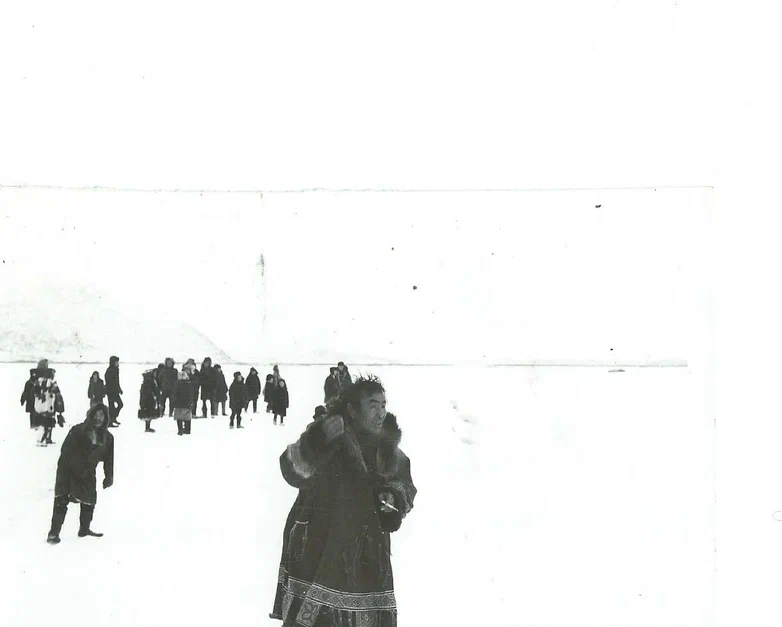|
|
Institute of Ethnology and Anthropology, Russian Academy of Sciences
Elena Batyanova
|
The Alyutors. Modern Culture and Crafts, Folklore Groups, Professional Art
Modern trends in the development of culture and artistic creativity of the Alyutor people are largely determined by the traditions of the “cultural construction” that existed during the Soviet period. As a result of the creation in the late 1930s of Koryak writing system based on the Cyrillic alphabet, the educational system in the area, as well as the state of culture of all groups of Koryaks in the 1960s - 1980s, reached a high level. At the end of the 1980s, the Koryak area boasted 35 schools with 650 teachers, of which 110 were representatives of the minorities of the North. There were 62 clubs and 41 libraries, and even children's music schools were opened. The authorities paid great attention to cultural services for nomadic reindeer herders. In 1967, 15 “red yarangas” (mobile clubs housing 52 cultural and educational workers) operated in the reindeer herding camps of the area.
With the beginning of perestroika, a rise in the prestige of national culture (native language, traditional religion, customs) was observed among the indigenous population of the Koryak autonomous area. The symbols of the revival were resuscitation of ancient rituals and holidays; new museums, including family museums; movement for restoration of the abandoned “unpromising” villages, including the famous ancient Alyutor villages such as Rekinniki and others.

At the celebration. Tymlat village.
The Koryak Folk Arts Center, founded in Palan in 1953, publishes brochures on folklore and traditional customs of various groups of the Koryaks. In the post-Soviet years, eight clubs were created at the Center. Among them are the folk vocal and instrumental ensemble “Wind of the East”, the People’s Palan theatre, the children’s national dance ensemble “Lelel”, etc. Since 1969, the Koryak Regional Museum of Local Lore has been operating in Palana. Its collection consists of over 15.000 items. The ethnographic and archaeological collections of the Museum, works of applied and fine art, musical instruments, weapons and other examples of material culture of the indigenous population of Kamchatka are of great educational, academic and artistic value.
Among the creative groups of the district, one of the leading places is rightfully occupied by dance ensembles. The most famous of them (“Mengo”, “Elvel”, “Lauten”, “Veem”) perform the dances of the indigenous peoples of the peninsula not only in the cities and villages of the Kamchatka Territory, but also beyond its borders.
In the Alyutor village of Tymlat, one can visit the municipal budgetary institution “Rural House of Culture of the Village of Tymlat”. The children's national ensemble “Maklalu” is part of the club, performing at various venues of the Kamchatka Territory. In September 2022, a group of this ensemble consisting of 15 people participated in the 6th Interregional Creative Festival of Indigenous Peoples of the North, Siberia and the Far East “Golden Springs-2022”, held in Petropavlovsk-Kamchatsky. The ensemble took part in the opening of the festival in the ethno-village “U Kutkha”, where they showed their performances and played ancestral melodies.

Kirill Kilpalin (1930-1990) - a famous Koryak artist, poet, author of fairy tales, legends and stories, compiler of the Nymylan-Russian dictionary, member of the Union of Artists of Russia.
























































